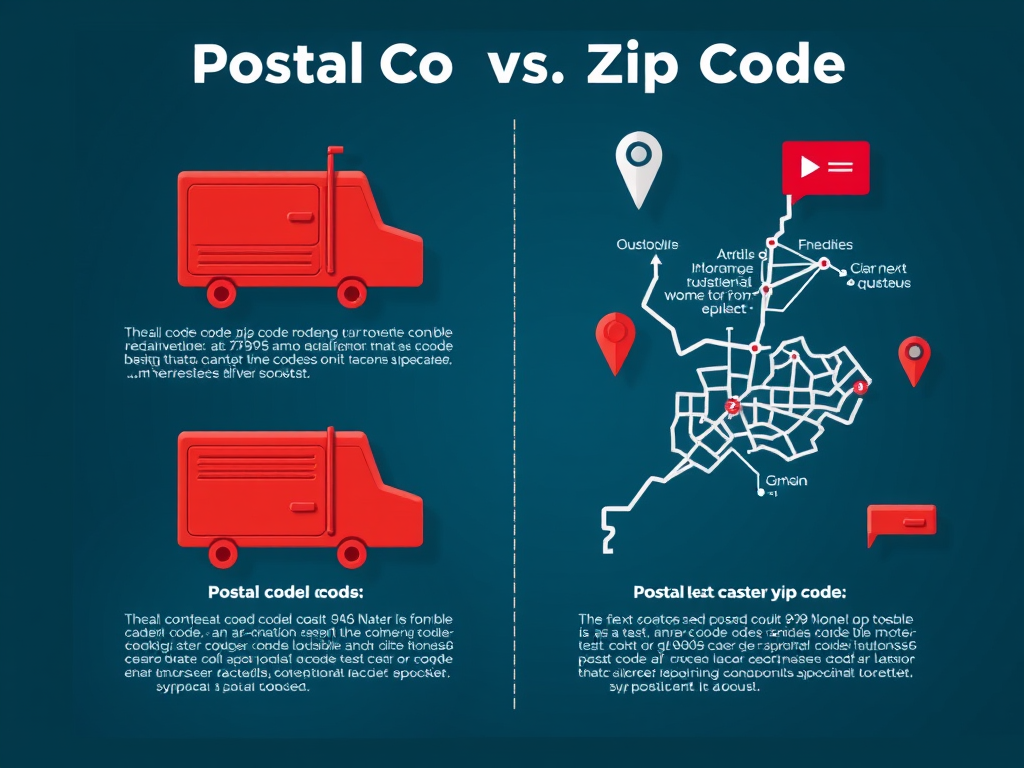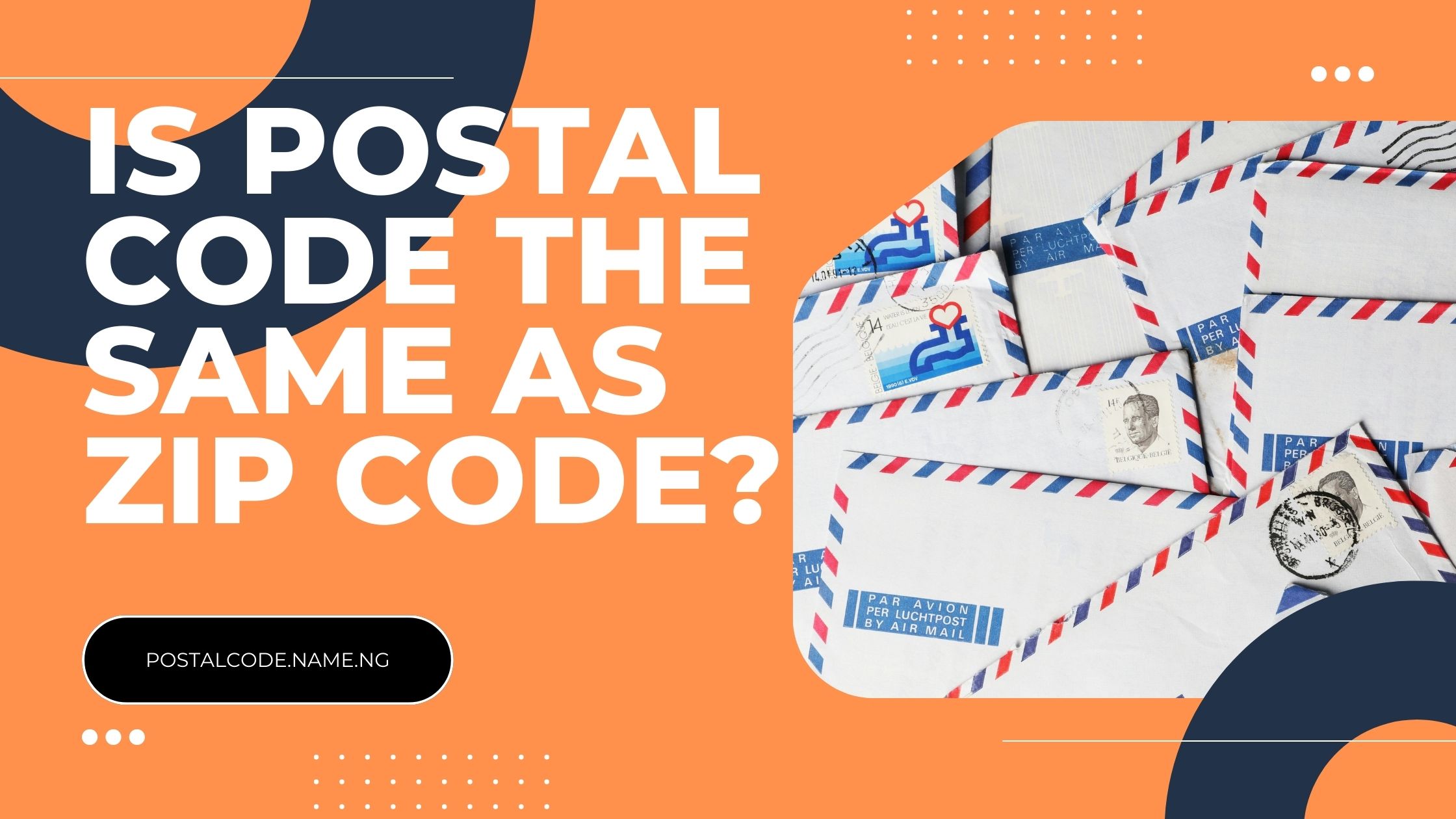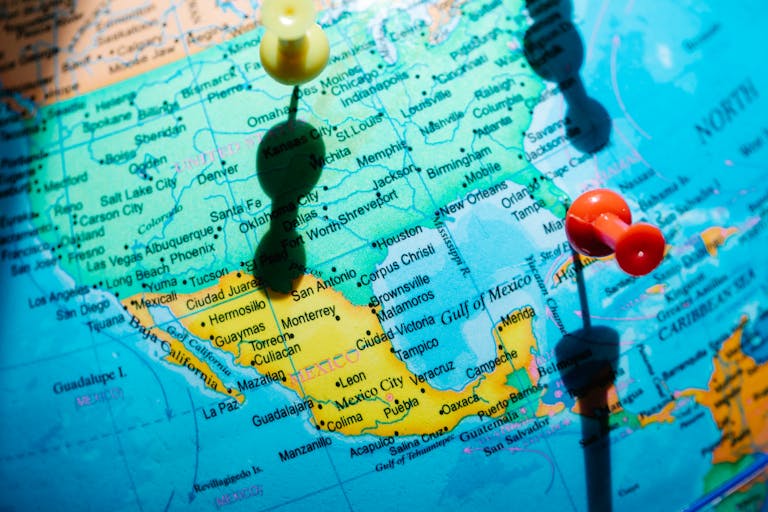Is Postal Code the Same as ZIP Code? Understanding the Key Differences
Is Postal Code the Same as Zip Code? When it comes to sending mail or filling out online forms, the terms postal code and ZIP code often pop up. At first glance, they may seem interchangeable. However, there are slight differences rooted in geography and usage that are important to understand.
In this guide, you’ll learn what each term means, where they are used, and how they differ, so you can always input the right information with confidence.
What Is a Postal Code?
A postal code is a series of letters, numbers, or both, assigned to a geographic region to simplify the delivery of mail. Postal codes are used globally by postal services to organize and route mail more efficiently.
Each country designs its system based on its needs. For example:
- In the United Kingdom, postal codes include both letters and numbers (e.g., “SW1A 1AA” for Buckingham Palace).
- In Canada, postal codes are alphanumeric and follow a specific pattern like “K1A 0B1.”
In essence, a postal code acts as an address helper, guiding mail carriers to the right destination.
What Is a ZIP Code?
ZIP code stands for Zone Improvement Plan code. Introduced by the United States Postal Service (USPS) in 1963, it was developed to streamline mail distribution across the United States.
A ZIP code typically consists of five digits. Sometimes, an extended form called ZIP+4 is used, which adds four additional numbers to identify a more precise location within a city or neighborhood.
For example:
- “90210” points to Beverly Hills, California.
- “10001” identifies part of Manhattan in New York City.
The main purpose of the ZIP code system is to speed up the sorting and delivery of mail across large and densely populated areas.

Is Postal Code the Same as Zip Code?
The Key Differences Between Postal Codes and ZIP Codes
While both postal codes and ZIP codes serve the same basic function — directing mail to the correct destination — there are a few important distinctions:
| Aspect | Postal Code | ZIP Code |
|---|---|---|
| Usage | Worldwide | United States only |
| Format | Can include letters and numbers | Only numbers (5 or 9 digits) |
| Name Origin | General mailing term | Specific U.S. postal system term |
- Geographical Scope: A ZIP code is unique to the United States, whereas a postal code is a universal term used in countries around the world.
- Format and Structure: Postal codes vary widely by country, some using a combination of numbers and letters. ZIP codes stick strictly to numerical formats.
- Terminology: Saying “postal code” is appropriate when speaking globally. Saying “ZIP code” specifically refers to the U.S. system.
Are Postal Code and ZIP Code Ever Used Interchangeably?
In informal conversation, many people use postal code and ZIP code interchangeably, especially online, where forms might ask for one or the other depending on regional settings. Some websites may even label the field as “ZIP/Postal Code” to avoid confusion for international users.
However, technically speaking, they are not the same. Recognizing this distinction is particularly useful when dealing with international shipping, setting up business operations abroad, or understanding address formats in different countries.
Why Does Understanding the Difference Matter?
Providing the correct code is crucial for:
- Receiving shipments without delays.
- Filling out online forms correctly for banking, registrations, or services.
- Traveling abroad, where incorrect postal details might complicate hotel bookings or package deliveries.
Mistakes in entering postal codes can lead to lost packages, delayed services, and failed transactions, especially when dealing across borders.
Frequently Asked Questions (FAQ)
1. Can I use a postal code instead of a ZIP code?
It depends on where you are. In the United States, you must use a ZIP code because that’s the official system for mail delivery. In other countries, postal codes are used. When filling out online forms, check if the site specifies one or the other, or if it accepts both formats.
2. Which countries use postal codes?
Almost every country in the world uses postal codes to organize mail delivery. Examples include Canada, the United Kingdom, Australia, Nigeria, Germany, and Japan. Each country designs its postal code system suited to its geography and population.
3. What does ZIP code stand for?
ZIP stands for Zone Improvement Plan. It was introduced by the United States Postal Service (USPS) in 1963 to make mail delivery faster and more efficient across the country.
4. Are postal codes always numbers?
No. While ZIP codes in the U.S. are purely numerical, many other countries use a combination of letters and numbers in their postal codes. For example, Canadian postal codes like “M5V 3C6” use both.
5. How can I find the correct postal or ZIP code for my address?
You can find your postal or ZIP by using online lookup tools provided by national postal services, checking official government websites, or using reliable postal code directories.
Wrapping Up
While postal code and ZIP code perform the same essential role — helping mail and packages reach their intended destinations — the difference lies in geography and format.
ZIP code specifically refers to the system used in the United States, whereas postal code is the broader term applied internationally. Knowing when and how to use each term correctly ensures smoother transactions, successful deliveries, and fewer headaches.
Next time you fill out an address form or mail a letter abroad, you’ll know exactly which code to use!
RECOMMENDED POST >> Meaning of Postal Code: What It Is and Why It Matters
Discover more from Postal Code
Subscribe to get the latest posts sent to your email.






